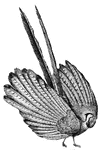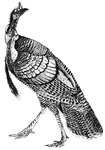Clipart tagged: ‘game birds’
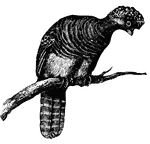
Curassow
Naturally very gentle, they readily yield to captivity, when they become familiar, and evince pleasure…

Pheasant
The pheasant prefers wooded slopes or marshy plains. They eat grain, berries, worms and insects.

Pheasant
"The Pheasant is one of the most highly prized game birds. The adult male pheasant is a beautiful bird,…

Golden Pheasant
The pheasant prefers wooded slopes or marshy plains. They eat grain, berries, worms and insects.
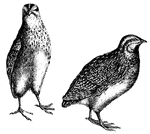
Quail
The quail has a small beak, a short back toe inserted high up, tarsi furnished with a rudimentary spur…

American Woodcock Head
"Philohela. American Woodcock. First three primaries emarginate, attenuate and falcate, abruptly shorter…
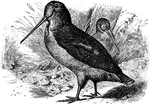
American Woodcock
"Philohela minor. Woodcock. Bog-sucker. Colors above harmoniously blended and varied black, brown, gray,…
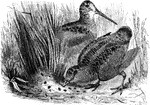
Probing American Woodcock
"Philohela minor. Woodcock. Bog-sucker. Colors above harmoniously blended and varied black, brown, gray,…


